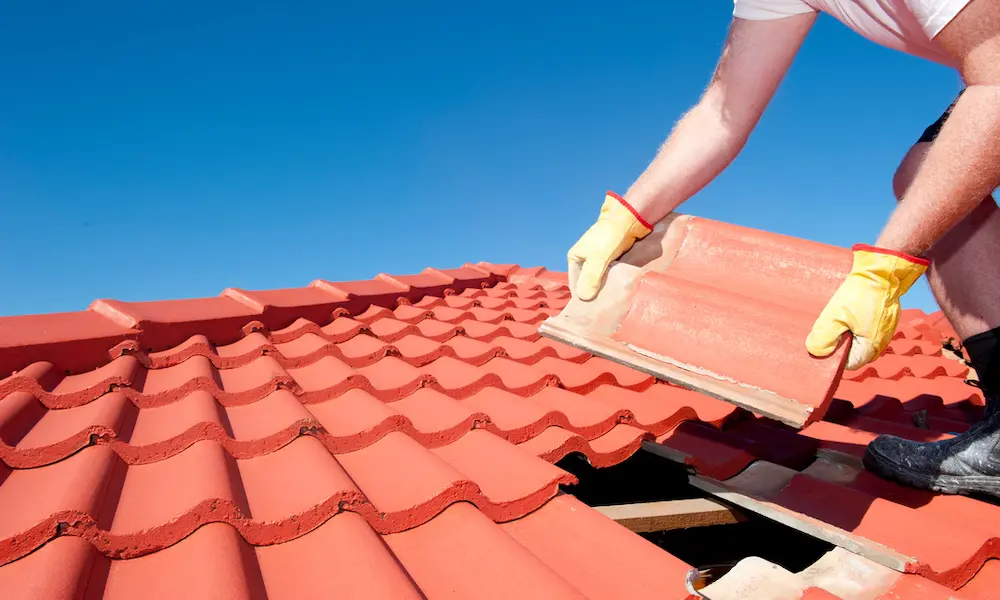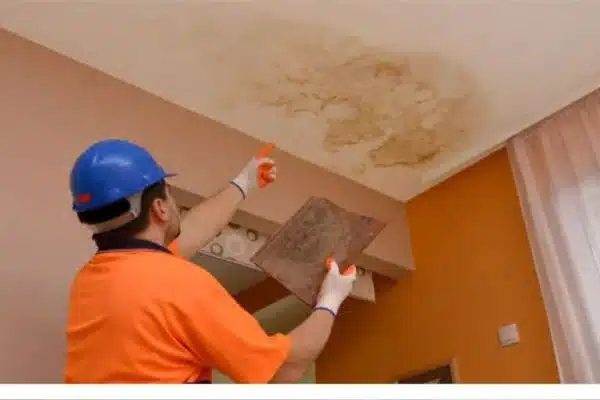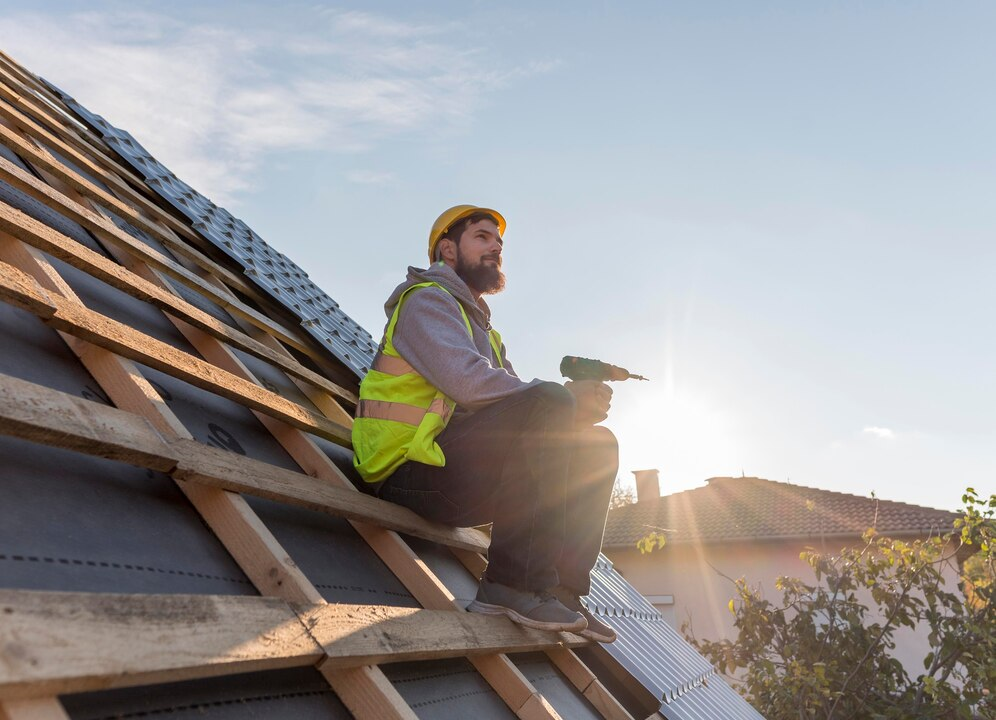A roof leakage is often dismissed as a minor inconvenience, yet it has the potential to escalate into a significant structural issue if left unchecked. In Singapore, where tropical rains are frequent and intense, addressing roof leakage swiftly is not just a matter of comfort but of safeguarding your home’s integrity.
Why Roof Leakage Is More Common Than You Think
Singapore’s tropical climate, with its high humidity and sudden downpours, creates the perfect conditions for roof issues. The Housing and Development Board (HDB) reports that complaints about water leaks account for over 30% of home maintenance cases annually. It’s not just heavy rain that causes these leaks; poor maintenance and ageing infrastructure also play critical roles.
A simple roof leakage can lead to:
- Structural damage: Persistent moisture weakens materials like wood and concrete, threatening the safety of your property.
- Mould growth: Damp conditions are ideal for mould, which can cause health issues such as respiratory problems.
- Increased energy costs: Leaks reduce insulation efficiency, forcing air conditioning units to work harder.
Spotting the Signs of Roof Leakage Early
Identifying a roof leak early can save you significant repair costs down the road. Key signs include:
- Water stains on ceilings or walls: Brown or yellow patches often indicate water infiltration.
- Peeling paint or wallpaper: Moisture compromises adhesion, causing finishes to peel or bubble.
- Musty odours: Prolonged dampness creates a distinctive smell that can be an early warning.
- Visible drips or puddles: During or after a rainstorm, any visible water indoors is a sure sign of trouble.
- Warped roofing materials: On external inspections, look for curling or cracked shingles.
Common Causes of Roof Leakage in Singapore
Understanding the causes of roof leakage is essential for prevention. The most common culprits include:
- Clogged drains and gutters: Accumulated debris prevents water from flowing off the roof efficiently, leading to pooling and eventual leaks.
- Ageing materials: Roofs naturally degrade over time, with sealants cracking and shingles losing their waterproofing properties.
- Poor workmanship: Substandard construction or repair work often leaves vulnerabilities that allow water infiltration.
- Extreme weather: Singapore’s frequent heavy rains and strong winds can loosen tiles and damage roofing membranes.
The High Cost of Ignoring Roof Leakage
Many homeowners underestimate the damage that roof leaks can cause. Beyond immediate inconvenience, the long-term costs can be staggering:
- Structural repairs: Persistent water damage compromises beams, rafters, and ceilings, requiring extensive repairs.
- Health risks: Mould and mildew from prolonged dampness are associated with respiratory illnesses and allergies.
- Property value: Visible water damage can significantly lower your home’s resale value.
In Singapore, repair costs for roof leakage can range from S$500 to over S$5,000, depending on the severity of the damage. Prevention, therefore, is far cheaper than cure.
How to Address Roof Leakage: Practical Steps
Fixing a roof leakage involves several crucial steps. Here’s how you can take control of the situation:
- Identify the source: Start by pinpointing the location of the leak. Look at common problem areas like joints, flashing, and gutters.
- Temporary fixes: Use tarps or waterproof sealants to contain the leak until professional help arrives.
- Engage experts: In Singapore, companies specialising in roof repairs offer tailored solutions for HDB flats, landed homes, and commercial buildings.
- Regular maintenance: Schedule routine inspections to clear debris and check for early signs of wear and tear.
Preventing Roof Leakage: Best Practices
Prevention is always better than cure. Follow these best practices to avoid roof leakage in the first place:
- Clean your gutters regularly: Blocked gutters are one of the leading causes of leaks. Aim to clear them at least twice a year.
- Inspect your roof annually: Engage professionals to assess your roof’s condition and repair minor issues before they escalate.
- Apply waterproof coatings: Many Singaporean homeowners invest in protective coatings that extend the lifespan of their roofs.
- Seal joints and flashing: Reinforcing vulnerable areas helps prevent water seepage.
The Role of Professional Services in Roof Maintenance
While DIY efforts can address minor issues, larger problems require professional expertise. Roofing specialists in Singapore bring advanced tools and techniques to the table:
- Thermal imaging cameras: To detect hidden leaks without invasive inspections.
- High-quality sealants: Products designed for Singapore’s humid climate ensure longer-lasting results.
- Comprehensive warranties: Professional services often come with guarantees, giving you peace of mind.
Singapore’s Stance on Roof Maintenance
The Singapore government emphasises proactive building maintenance, especially for HDB flats. According to the HDB, homeowners are responsible for maintaining their roofs and ensuring their units remain watertight. The Housing Maintenance Grant, launched in recent years, provides financial assistance for eligible repairs, reinforcing the importance of addressing leaks promptly.
Key Statistics to Remember
- 30% of maintenance complaints to HDB involve water leaks.
- Average repair costs for roof leakage range from S$500 to S$5,000.
- 67% of mould cases in homes are linked to unresolved roof leaks.
When to Call for Help
Not all roof issues are immediately visible. If you notice persistent signs of water damage, call a professional. Addressing the problem early reduces the risk of escalating costs and protects your home.
Conclusion
Roof leakage might start as a minor annoyance, but its consequences can ripple through your home’s structure, health, and finances. By understanding its causes, recognising early warning signs, and engaging in regular maintenance, you can protect your property from lasting damage. In a city as dynamic as Singapore, where the tropical climate can be unforgiving, taking proactive measures is not just advisable—it’s essential.
So the next time you notice a small drip, remember: it’s not just water. It’s the beginning of a problem that could impact your home and your quality of life. Address it today to prevent larger issues like ceiling leakage tomorrow.







